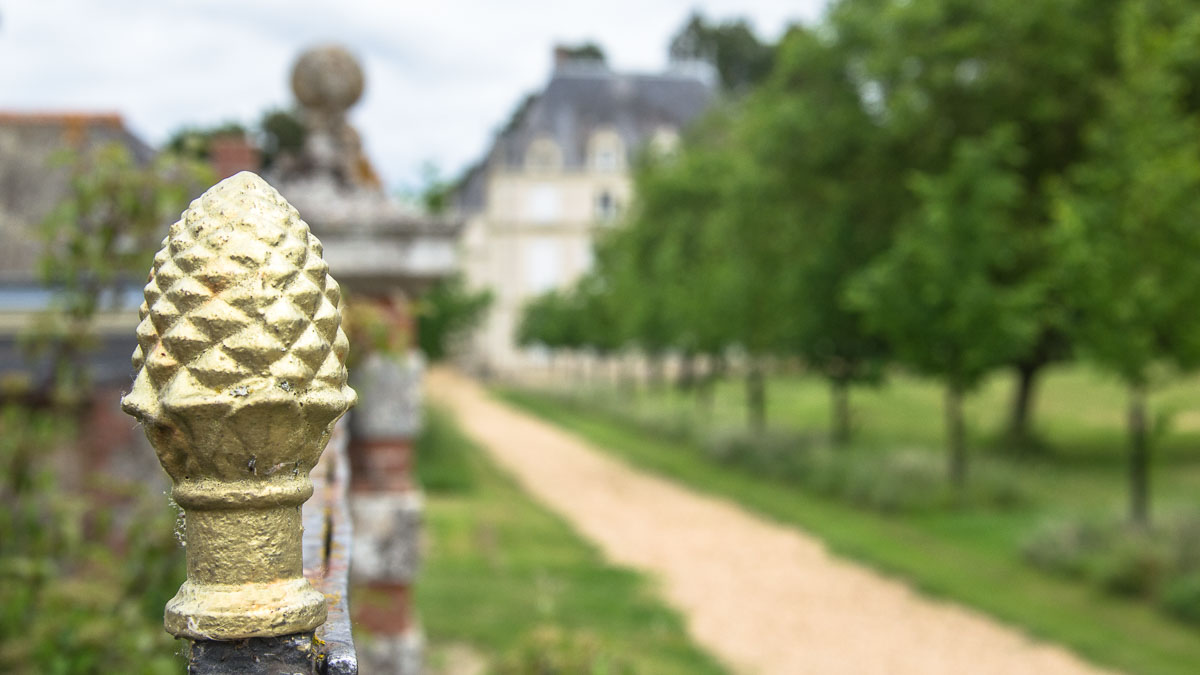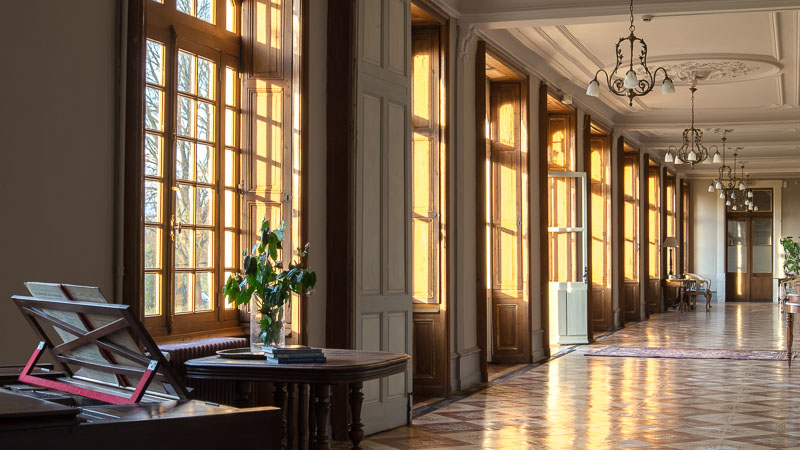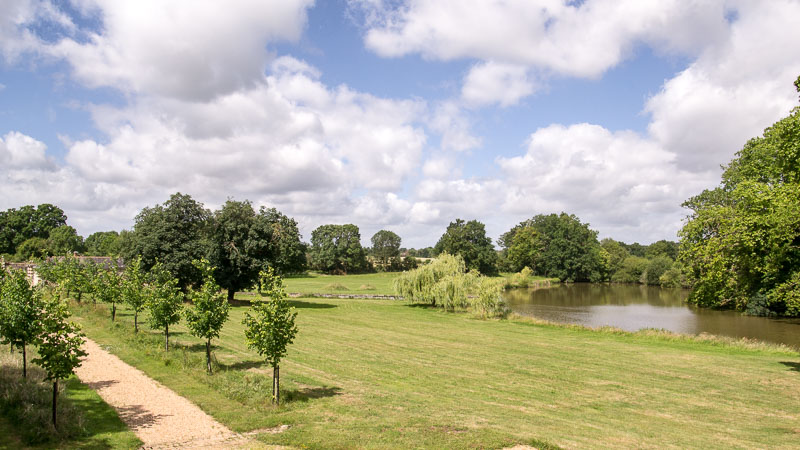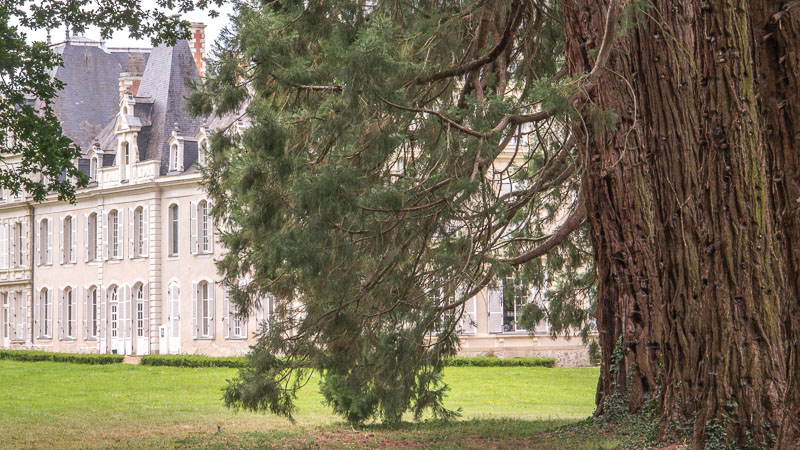“Amazing castle and real treasure of culture”
“Peace and harmony makes happy people”
“Sharing this treasure with us – making us feel welcome”
xxx
– From the guestbook
La Vie de Château
Château de la Buronnière offers only five spacious guest rooms, ensuring all guests a private retreat. The chateau features an impressive Grand Gallery with views of the front lawns, ancient trees, and the pond. A sequence of entertaining rooms, originally in enfilade, provides guests with spaces to relax, read, write, or enjoy indoor games. There’s a large Sitting Room with generous garden doors opening up to the gardens, a grand Library lined with historic books and documents, and another smaller sitting room.
La Vie de Château
Château de la Buronnière offers only five spacious guest rooms, ensuring all guests a private retreat. The chateau features an impressive Grand Gallery with views of the front lawns, ancient trees, and the pond. A sequence of entertaining rooms, originally in enfilade, provides guests with spaces to relax, read, write, or enjoy indoor games. There’s a large Sitting Room with generous garden doors opening up to the gardens, a grand Library lined with historic books and documents, and another smaller sitting room.
The Gardens
Within the gardens stand many centuries-old trees, including ancient Sycamores near the pond, a recently ‘restored’ Lebanon Cedar from 1750, and twenty Giant Sequoias planted in 1850. Guests can enjoy the oasis of the grand pond, fed by various brooks, a small waterfall, and offering a distant view of La Buronnière. Take a leisurely stroll in the park with its refreshing ambiance on warm days. Relax in the old Potager garden, extensive and walled, featuring wells and granite water basins. Admire the Verger, the orchard, boasting cherries, apples, and pears, along with a row of ancient-styled clipped fruit trees or stroll in complete tranquility along the mown grass paths amidst the wildflower meadows.
History
Château de la Buronnière enters recorded history in 1410. The château narrates the tale of Anjou, France, Europe, and its inhabitants. It is intricately linked to the history of the once mighty empire of Anjou, with the city of Angers as its capital. Early documents indicate that the Sebille de la Buronnière family were the first residents of the château, with roles as tax commissioners under the count of Anjou. Subsequent inhabitants often played intriguing roles in the political and cultural landscapes of their times in France and Europe.
The château also unveils the human side of history, portraying the story of its people. Each family has contributed their taste and style to the elegant façade, interiors, outbuildings, and gardens. And everywhere, traces can be found of the work of domestic helpers, cooks, gardeners, coachmen, and stable hands. Despite the passing centuries, the present owners represent only the sixth family to reside here.
History
Château de la Buronnière enters recorded history in 1410. The château narrates the tale of Anjou, France, Europe, and its inhabitants. It is intricately linked to the history of the once mighty empire of Anjou, with the city of Angers as its capital. Early documents indicate that the Sebille de la Buronnière family were the first residents of the château, with roles as tax commissioners under the count of Anjou. Subsequent inhabitants often played intriguing roles in the political and cultural landscapes of their times in France and Europe.
The château also unveils the human side of history, portraying the story of its people. Each family has contributed their taste and style to the elegant façade, interiors, outbuildings, and gardens. And everywhere, traces can be found of the work of domestic helpers, cooks, gardeners, coachmen, and stable hands. Despite the passing centuries, the present owners represent only the sixth family to reside here.







